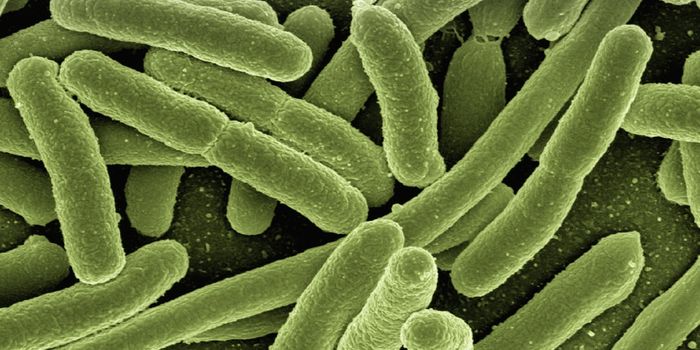Revealing why Sepsis Causes Organs to Fail
The Staphylococcus aureus bacterium can cause devastating illnesses - called staph infections - and lead to organ failure. Pathogenic microbes, especially in the case of drug-resistant S. aureus (MRSA) can cause the immune system to go into overdrive, which can lead to a condition called sepsis. It kills between 30 and 50 percent of the people affected by it. Scientists have known that the microbe releases a dangerous toxin called Alpha Toxin (AT), which can rapidly make sepsis worse. New work by researchers at the University of Calgary has found a way to blunt the effects of AT; it has been reported in Cell Host & Microbe.
"For years, we've been looking at the effects of the toxin on cells inside a test tube, but we really didn't know what was happening inside the body at the height of an infection," said the first author of the study, Bas Surewaard, Ph.D., a postdoc in the Department of Physiology & Pharmacology.
The researchers, at the Cumming School of Medicine's (CSM) Snyder Institute for Chronic Diseases, used intravital microscopy to see inside of a live animal, observing that the toxin causes dysfunction in platelets. Platelets normally help stop bleeding after an injury, and can also coat a bacterium to prevent it from spreading infection. During a staph infection-induced case of sepsis, however, the amount of AT in the bloodstream goes up, clumping the platelets together. Those clumps then build up in the liver and kidneys where they damage the organs and can eventually cause them to fail.
When Alpha Toxin is introduced, platelets (seen in blue) respond abnormally and begin to aggregate and form clumps.
"Once you understand exactly how an infection is impacting the body, you can target treatments to mitigate the infection so that the body can begin to heal," noted Paul Kubes, Ph.D., a professor in the Department of Physiology & Pharmacology and director of the Snyder Institute. "We knew clots were forming in the organs during sepsis from staph infection. Now we know where and why these clots are forming."
The team is now conducting a trial to see if an antibody they created with a company called MedImmune will successfully prevent damage from clumping platelets in patients on a ventilator for long periods of time. Ventilators increase the risk of pneumonia from staph in those patients. This phase II clinical trial suggests that the antibody is working.
In a mouse model of sepsis infection, "a single dose of the antibody reduced liver damage by 50 percent. By knocking out the toxin, the platelets could begin flowing in the bloodstream again," said Surewaard.
This work could explain why some people that take antibiotics for a staph infection end up dying from sepsis; because those drugs do not affect the toxin.
"Knowing how the toxin created by staph target platelets, we can now start looking at other bacteria that cause sepsis to see whether we can uncover a similar pattern and find antibodies that can be effective in those cases," concluded Kubes.
Sources: AAAS/Eurekalert! via University of Calgary, Cell Host & Microbe








